
What is an Electric Bike? Your Complete Guide
Electric bikes can go up to 50% faster than traditional bikes, cutting journey times by up to two-thirds. That’s just one reason why more and more people are replacing their cars and push bikes with clean and efficient e-bikes. In this guide we’ll cover everything you need to know about what electric bikes are and how they work.
What is an electric bike?
An electric bike is a pedal-powered bicycle that has an electric motor and battery added. Sensors detect when you are pedalling and activate the motor to give you a power boost. E-bike batteries typically recharge via a standard plug socket in your home.
What is another term for an electric bike?
Another term for an electric bike is e-bike. In the UK they are also known as “electrically-assisted pedal cycles” or EAPCs to differentiate them from mopeds or motorcycles.
What types of electric bikes are there?
There are as many types of electric bikes as there are regular bikes! Common types include folding e-bikes, commuter or city e-bikes, electric mountain bikes or e-MTBS, and fat-tyre e-bikes. There are also step-through e-bikes which are specially designed for easy mounting and dismounting.
What is the difference between a normal bike and an electric bike?
The key difference between a normal bike and an electric bike is the addition of an electric motor and rechargeable battery. These provide extra power when you’re pedalling. This boost makes it a lot easier and faster to cycle uphill or over challenging terrain.
E-bikes have many advantages over regular bikes since they make cycling easier, more efficient, and faster. They can be a great option for daily travel, moderate exercise, or a convenient way for older and less mobile people to get around.
Electric bikes are especially popular for commuting since e-bike cyclists sweat three times less than regular cyclists. That’s good news if you don’t want to shower at the office or pack a whole new outfit for work!
|
Normal Bike |
Electric Bike |
|
|
Power source |
Human-powered |
Hybrid, electric motor assists when pedalling |
|
Average speed |
10-12 mph |
12-15 mph |
|
Average Weight |
10–15 kg or 22-33 lbs |
18–25 kg or 40–55 lbs |
|
Average cost |
£200–£1,000 |
£500–£1,000 |
|
Best For |
Intense exercise, shorter rides |
Daily commuting, longer distances, accessibility for older or less mobile riders |
How does an electric bike work?
An electric bike works using an electric motor, rechargeable battery, controller, and Pedal Assist System. The PAS system detects when you are pedalling and activates the electric motor to provide power to assist you. When you stop pedalling or you reach the speed limit of 15.5mph the motor automatically cuts off.
Electric bike advantages and disadvantages
|
Advantages |
Disadvantages |
|
Environmentally-friendly: E-bikes have a lower carbon footprint than standard cars or motorcycles. |
Higher Purchase Price: E-bikes cost more to buy than regular bikes. |
|
Lowers transport costs: Using an e-bike is often more cost-effective than buying fuel or paying for public transport. |
Heavier Weight: E-bikes are heavier than regular bikes due to the motor and battery. |
|
Less effort required: Assists with pedaling, making it easier to ride uphill or over long distances. |
Limited Range: Range depends on battery capacity and riding conditions. It is typically between 40-100 miles per charge depending on the battery type and cycling conditions. |
|
Faster: E-bikes are faster than regular bikes and can often be faster than cars or buses in heavy traffic. |
Charging Time: Battery charging can take several hours. |
|
Health benefits: E-bikes are a less intensive way to exercise especially for older people or those with mobility issues. |
Maintenance: E-bikes require more maintenance than regular bikes. |
|
Accessibility and ease of use: E-bikes are a great way for older and less mobile people to get around. |
Battery Replacement: Batteries eventually need to be replaced and disposed of safely. |
|
Enjoyable experience: E-bikes are fun to ride even on hills thanks to the power assistance. |
When was the first electric bike made?
The e-bike was first invented by Ogden Bolton Jr. in 1895, but the first modern e-bikes were made in the 1990s by Michael Kutter in Switzerland and Yamaha. The development of lithium-ion batteries in the last couple of decades has galvanised the industry, making it easier to produce affordable e-bikes with longer range and lighter weight batteries.
Electric Bike Buying Guide
Now we’ve covered what an electric bike is, let’s take a closer look at everything you need to know before you buy your very own e-bike.
What is the best battery for an electric bike?
The battery you choose depends on what you’re planning to do with your bike. Most regular e-bikes use 36V batteries, whereas e-MTBs use 48V batteries since they need more power. You should also look at the battery capacity. Batteries with higher capacity like this 13Ah battery give you more range so you can keep riding for longer.
What is the best lock for an electric bike?
The best lock for an electric bike is a silicone U-Lock because they’re very hard to cut or break. The design is rigid and has a resilient silicone covering, making it almost impossible to break open without serious power tools. You can use them in tandem with a standard cable lock for extra protection in higher-risk areas.
What is the best motor for an electric bike?
There are two different types of motors for electric bikes. Mid-drive motors tend to be the best motors for performance over varying terrain and speeds.
-
Hub motors are set in the front or rear wheel hub and tend to be less powerful than mid-drive motors. They’re often used for city e-bikes where a smoother ride is more important than power.
-
Mid-drive motors sit where the pedals connect to the bike frame. They provide more power for off-road biking and difficult terrain.
What is the range of an electric bike?
Standard electric bikes have a range of 40-65 miles per charge. The range depends on the size of the battery and the degree of power assistance you use while pedalling. Riding on flat streets through the city will give you a higher range than hilly off-road terrain.
What is the maximum speed of an electric bike?
The maximum speed of an electric bike in the UK is 15.5mph. E-bikes that exceed this speed limit are considered mopeds or motorcycles by law and require a driving license and insurance.
FAQ: What is an electric bike?
What is the average cost of an electric bike?
The average cost of an electric bike in the UK is between £500 to £1000. Folding e-bikes tend to be more affordable than city e-bikes.
What is the average speed of an electric bike?
Standard electric bikes in the UK have an average speed of 12-15mph. When you reach 15.5mph the motor automatically cuts off power for safety reasons.
What is the average weight of an electric bike?
An average electric bike weighs between 18-25 kgs or 40-55 lbs. Folding e-bikes typically weigh 18-23kg or 35-50 lbs since they’re intended to be more portable.
What is the legal age to ride an electric bike?
In the UK the legal age for riding an electric bike is 14 years old.
What is the speed limit for an electric bike?
Electric bikes in the UK have a speed limit of 15.5mph. E-bikes that are sold in the UK must have a motor that cuts off when you reach 15.5mph. Electric bikes that exceed this speed limit are considered mopeds or motorcycles by law.
What is PAS on an electric bike?
PAS stands for “pedal assist system”. This system senses when you are pedalling and activates the electric motor to help propel you forwards. You can change the PAS level on your e-bike depending on how much assistance you want.
Do you still have to pedal an electric bike?
In the UK most electric bikes are “electrically-assisted pedal cycles” or EAPCs. The motor only provides power when you are pedalling. So yes, you do still need to pedal on an electric bike.
Is it easy to ride an electric bike?
Riding an electric bike is much easier than riding a regular bike because the motor reduces the amount of effort you need to put in. E-bikes are also heavier than traditional bikes so that can give you more stability.
Do you need a license for an electric bike?
In the UK you don’t need a license for an electric bike as long as it's an “electrically-assisted pedal bike” like these ones. These electric bikes do not need to be registered, taxed or insured.
Is it harder to pedal an electric bike?
Electric bikes are much easier to pedal than regular bikes. When you’re pedalling the motor gives you a boost and reduces the effort you need to put in.











































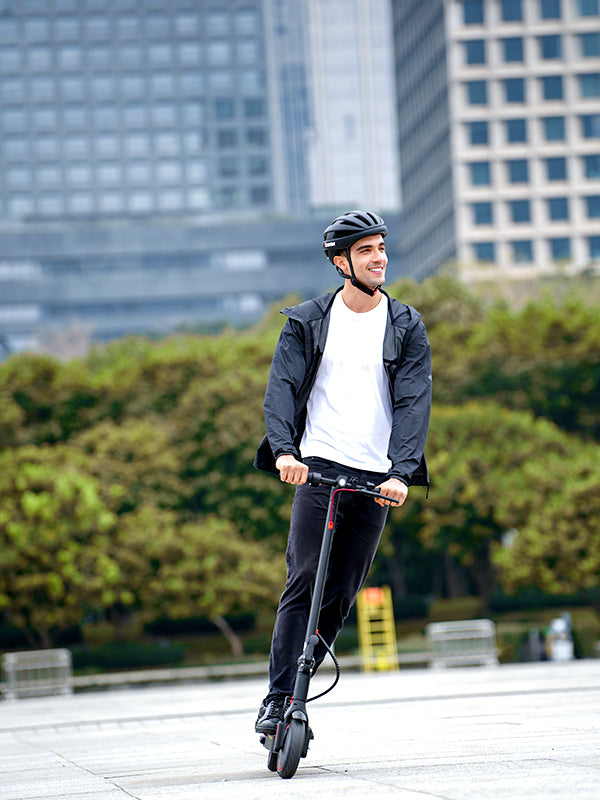


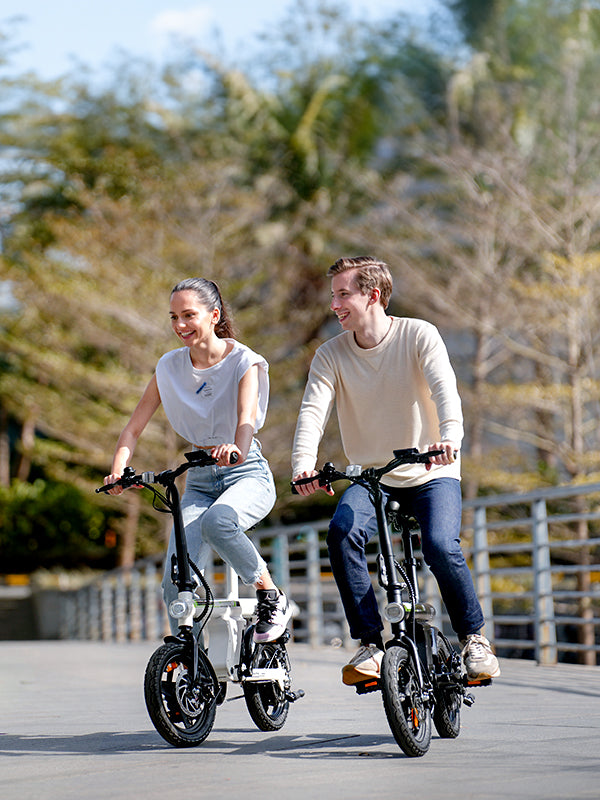







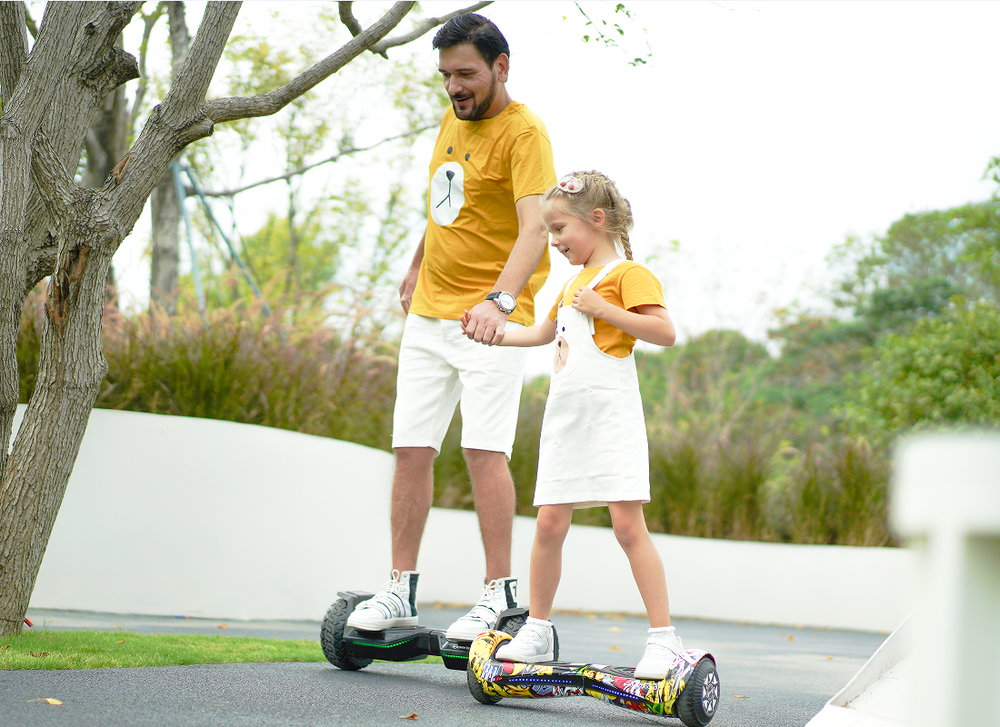
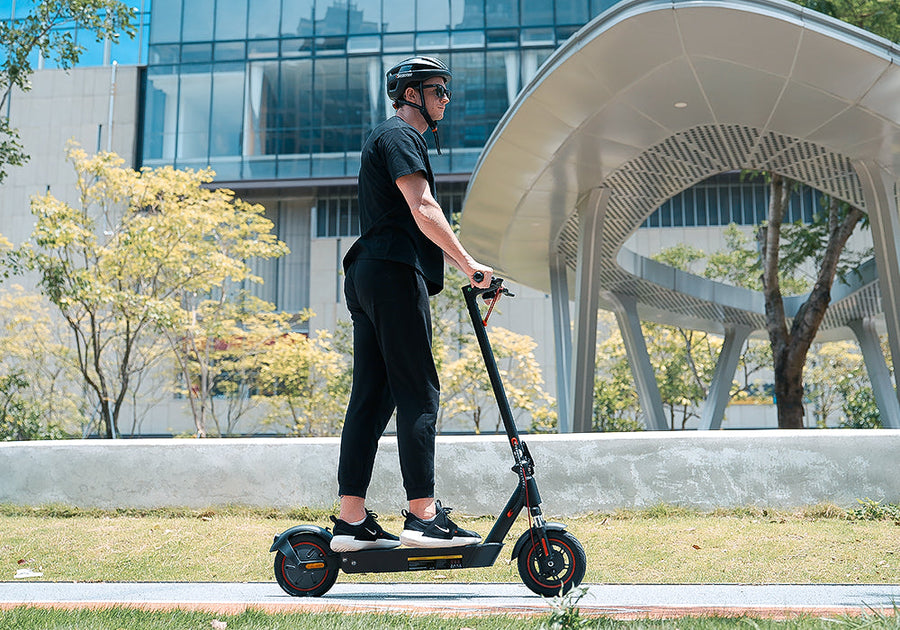

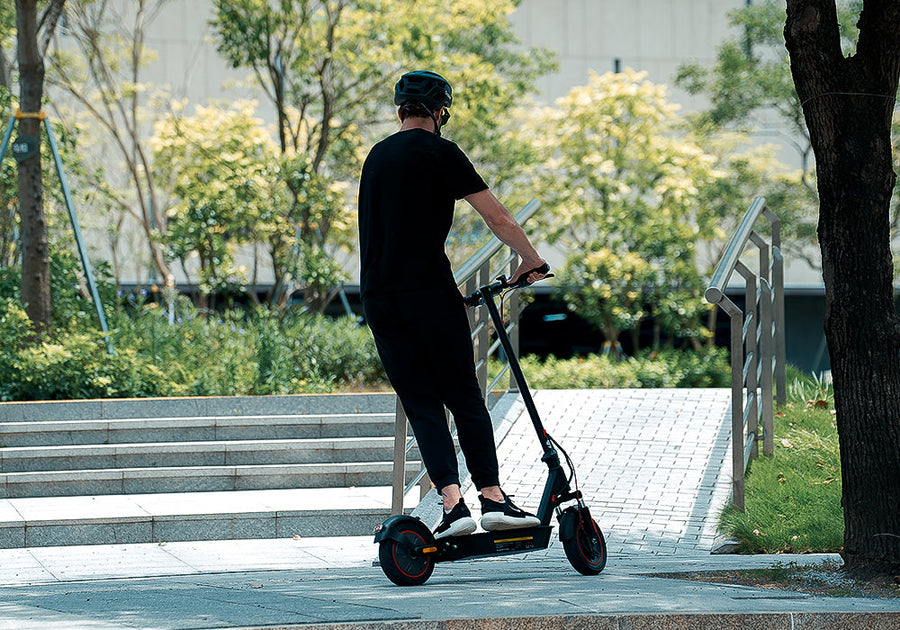


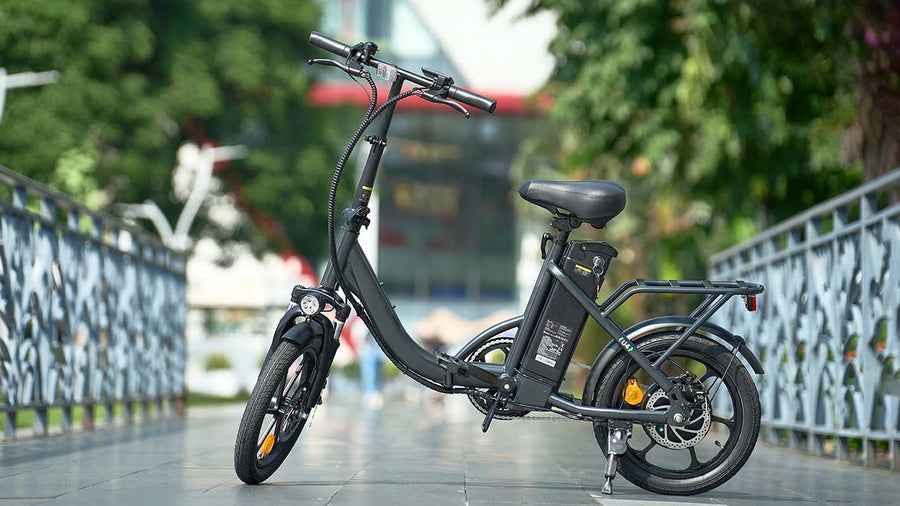

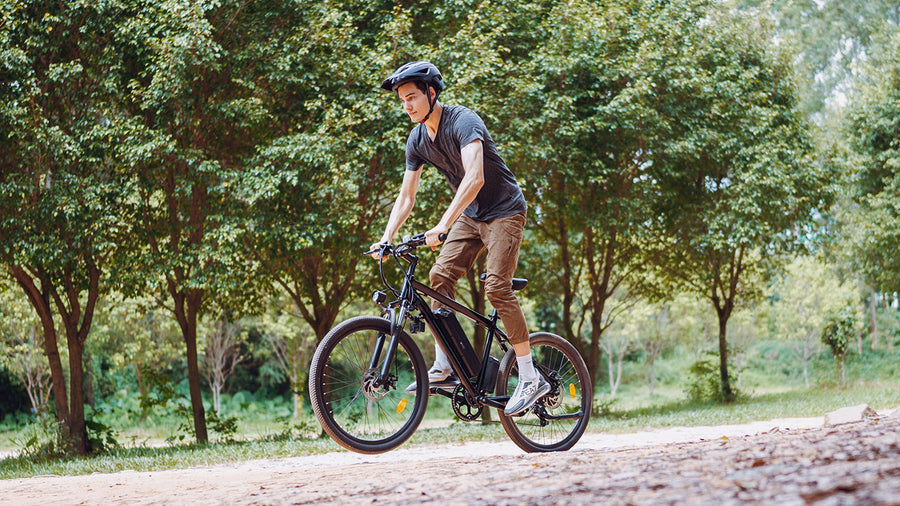


Still, need help? Contact Us: support@ihoverboard.com
What's the option? Check out the option now!
Leave us a message